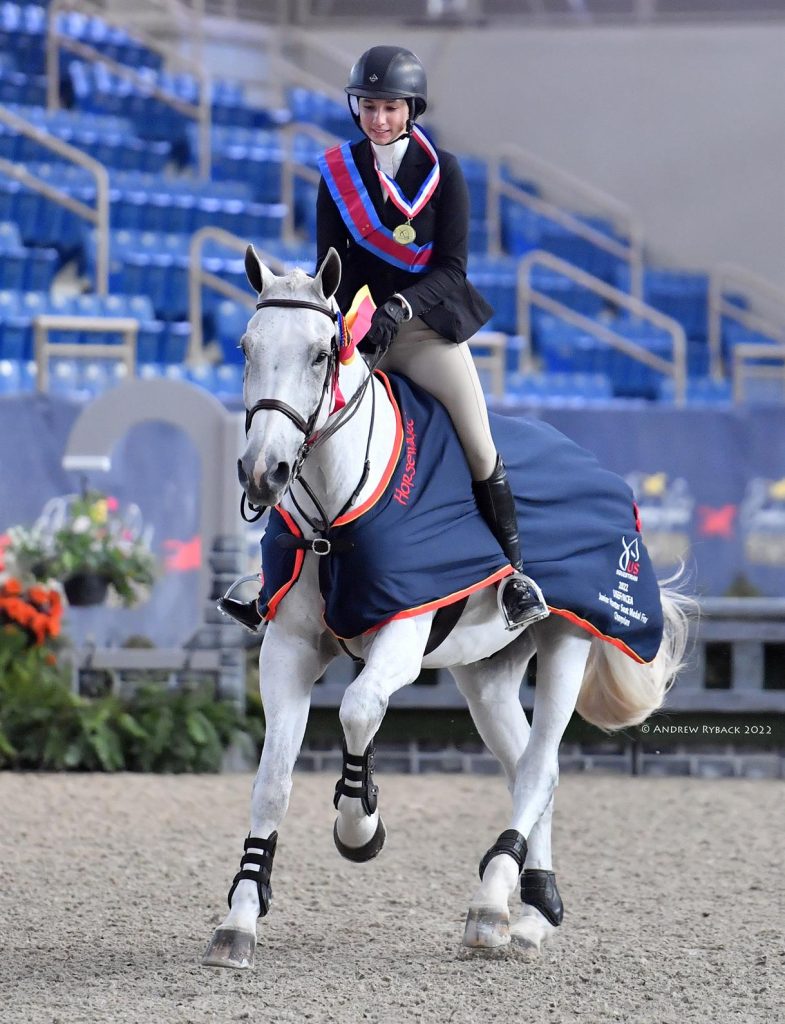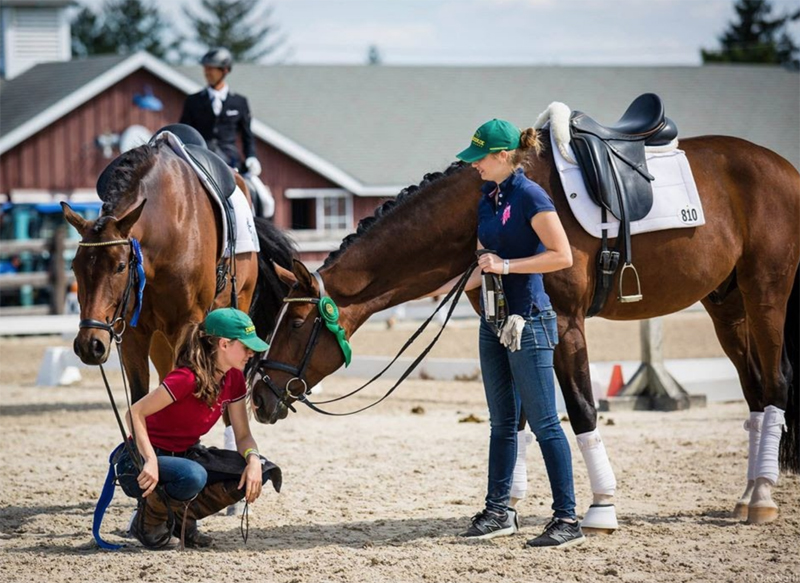Winning equestrian competitions involves skill, preparation, and dedication. You need to understand your horse well and practice regularly.
Equestrian events can be thrilling, but they require more than just riding. Success in this field means forming a strong bond with your horse and mastering various techniques. From dressage to show jumping, each discipline has its own demands. Riders need to focus on training, proper gear, and a strategic approach.
This guide will help you navigate the path to victory, offering tips and insights that can boost your performance. By the end, you’ll have a clearer idea of what it takes to succeed in equestrian sports. Ready to learn how to win? Let’s dive in.
Choosing The Right Horse
Choosing the right horse is critical for winning in equestrian sports. The right match between horse and rider can make a huge difference in performance. Here are some key factors to consider:
Understanding Horse Breeds
Different horse breeds excel in different disciplines. For example, Thoroughbreds are known for their speed and are great for racing. Warmbloods are versatile and are often used in dressage and show jumping. Quarter Horses are agile and excel in rodeo and western events. Knowing the strengths of each breed helps in making an informed choice.
| Breed | Strengths |
|---|---|
| Thoroughbred | Speed, Stamina |
| Warmblood | Versatility, Balance |
| Quarter Horse | Agility, Quickness |
Assessing Horse Temperament
The temperament of a horse affects its compatibility with the rider. A calm and steady horse is ideal for beginners. More experienced riders might prefer a spirited horse. Observe how the horse reacts to different situations. This helps in understanding its behavior.
- Calm: Good for beginners
- Spirited: Suited for experienced riders
- Steady: Reliable in competitions
Matching Skill Levels
Matching the skill level of the rider to the horse is essential. A beginner should not ride a highly trained, spirited horse. They should opt for a calm and obedient horse. An experienced rider can handle a more challenging horse. This ensures better performance and safety.
- Beginner: Calm, Obedient Horse
- Intermediate: Balanced, Trainable Horse
- Experienced: Spirited, Competitive Horse
By understanding breeds, assessing temperament, and matching skill levels, one can choose the right horse for equestrian success.
Building A Strong Bond
Building a strong bond with your horse is crucial for success in equestrian sports. This bond helps in achieving harmony and mutual understanding. A solid connection ensures better performance and a happier horse.
Daily Interaction
Spend time with your horse every day. Groom your horse to build trust. Take your horse for walks. Let your horse graze while you are nearby. Engage in simple activities together. This daily contact strengthens your bond.
Effective Communication
Learn your horse’s body language. Horses communicate through subtle signs. Recognize these signs to understand their feelings. Use consistent cues during training. This helps your horse know what you expect. Consistency is key in building effective communication.
Trust Exercises
Practice trust exercises with your horse. Lead your horse through unfamiliar areas. Use obstacles to build confidence. Patience is essential during these exercises. Reward your horse for calm behavior. Trust grows with positive experiences.
Training Techniques
Training techniques are the backbone of any successful equestrian journey. Mastering these techniques helps build trust, improve skills, and solve problems between rider and horse. This section will discuss some key training techniques.
Groundwork Basics
Groundwork sets the foundation for all riding skills. Start with simple exercises. Lead your horse in a straight line. Practice halting and turning. Use clear and consistent signals. Reinforce positive behavior with rewards. Build a bond of trust and respect. This groundwork will ease the transition to more advanced tasks.
Advanced Riding Skills
Once the basics are mastered, move to advanced riding skills. Focus on perfecting your posture. Maintain a balanced seat at all times. Practice transitions between gaits smoothly. Work on precise movements and control. Use leg and hand signals effectively. Regularly engage in dressage or jumping practices. These skills enhance coordination and confidence.
Problem-solving Strategies
Every horse and rider face challenges. It’s crucial to have strategies in place. Identify the root cause of any problem first. Remain patient and calm. Break down the problem into smaller steps. Use positive reinforcement consistently. Seek guidance from a trainer if needed. Develop a flexible approach. Adjust techniques based on what works best for both you and your horse.
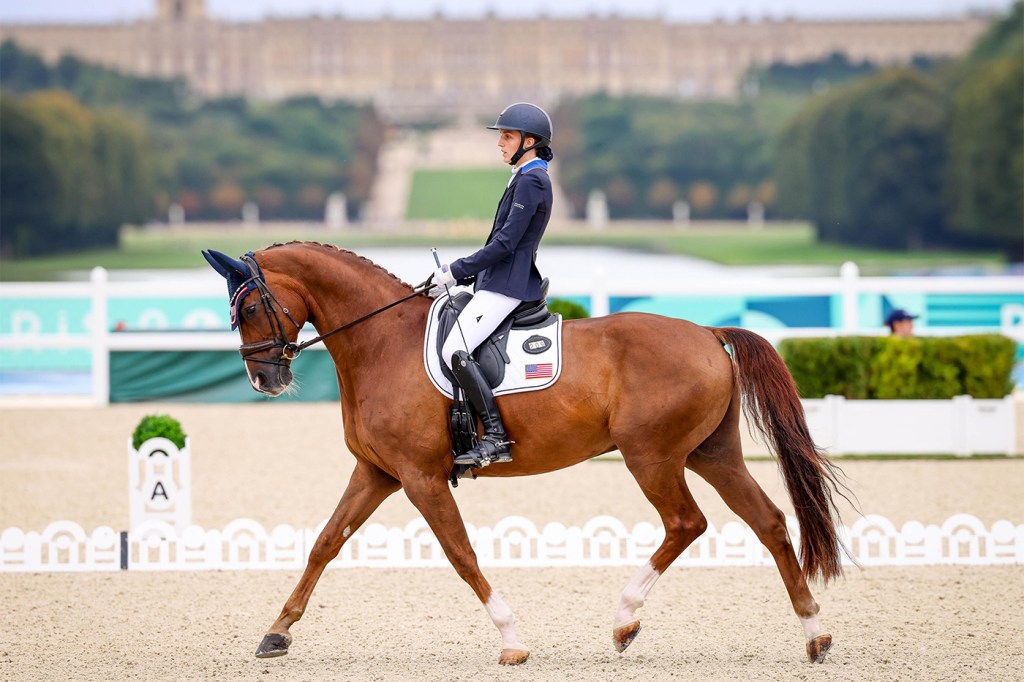
Credit: news.northeastern.edu
Nutrition And Health
The key to winning in equestrian sports lies not only in training but also in the nutrition and health of your horse. A well-fed, healthy horse can perform at its peak. Below, we will discuss essential aspects of maintaining your horse’s health through a balanced diet, routine vet checks, and preventive care.
Balanced Diet
A balanced diet is crucial for your horse’s performance. Horses need a mix of fibers, proteins, vitamins, and minerals. Hay and fresh grass should be the primary sources of fiber. Include grains and supplements as needed. Always ensure that your horse has access to clean, fresh water.
Here is a simple table to guide you on the dietary needs:
| Component | Source |
|---|---|
| Fiber | Hay, Grass |
| Protein | Alfalfa, Soybean Meal |
| Vitamins | Fruits, Vegetables |
| Minerals | Salt Blocks, Supplements |
Routine Vet Checks
Regular vet check-ups are vital. These checks help catch any health issues early. Schedule quarterly visits to monitor your horse’s overall health. During these visits, the vet can:
- Check teeth and perform dental work
- Evaluate the horse’s weight and diet
- Administer vaccinations
Keep a record of all vet visits and vaccinations. This ensures your horse’s health is well-documented.
Preventive Care
Preventive care helps avoid many common health problems. Regular grooming can prevent skin issues and promote circulation. Keep your horse’s hooves clean and trimmed. Proper hoof care prevents lameness and other foot problems.
Here are some preventive care tips:
- Brush your horse daily to remove dirt and debris.
- Clean the hooves before and after rides.
- Provide shelter to protect from extreme weather.
A small investment in preventive care can lead to a healthy and happy horse.
Preparing For Competitions
Preparing for equestrian competitions is essential for success. It requires dedication and a well-thought-out plan. Focus on training, simulating the competition environment, and packing necessary items. Let’s break it down step by step.
Creating A Training Schedule
Consistency in training is crucial. Set a weekly schedule. Allocate specific days for different activities. Include riding, grooming, and rest days. Balance is key. Overworking your horse can lead to injury. Keep track of progress. Adjust the schedule based on your horse’s performance. Celebrate small victories along the way.
Simulating Competition Conditions
Practice under competition-like conditions. This helps your horse stay calm. Mimic the noises and distractions of an actual event. Invite friends to watch. Set up jumps and obstacles similar to those in competitions. Wear the same gear you’ll use on the day. This builds familiarity and reduces stress for both you and your horse.
Packing Essentials
Prepare a checklist of all necessary items. Pack early to avoid last-minute stress. Include grooming supplies, feed, water buckets, and first aid kits. Don’t forget important documents like registration papers and health records. Pack extra tack in case of emergencies. Bring comfortable clothing for yourself. Ensure everything is organized and easy to access.
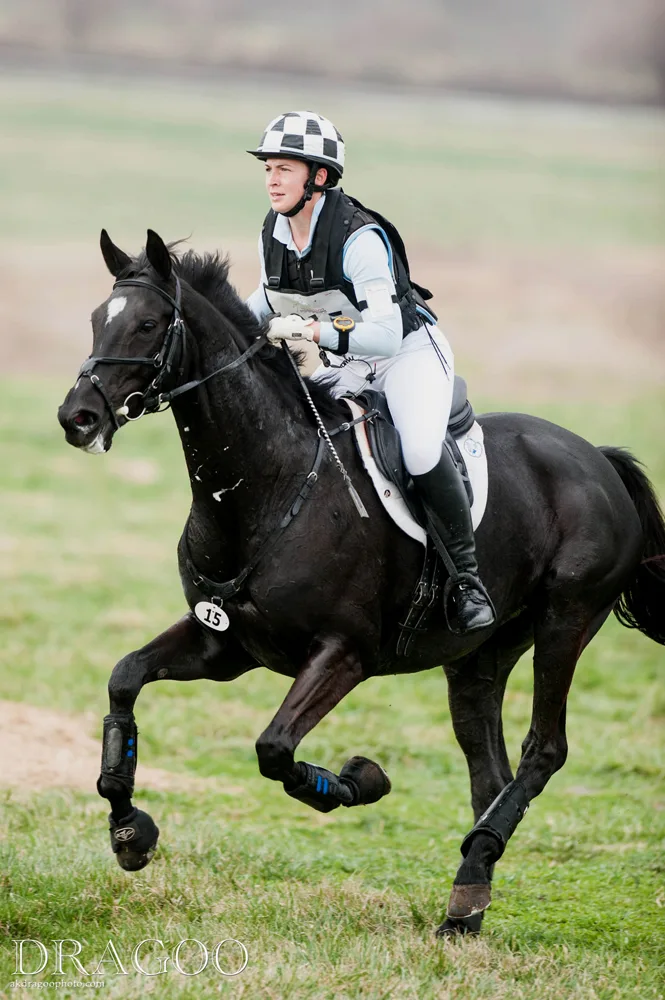
Credit: www.chronofhorse.com
Mental Preparation
Mental preparation is key in equestrian sports. A rider’s mindset can greatly impact their performance. Preparing mentally helps you stay calm, focused, and confident. Here are some effective techniques to enhance your mental game.
Visualization Techniques
Visualization can help you prepare for competitions. Close your eyes and imagine your ride. Picture every detail, from mounting the horse to crossing the finish line. This mental rehearsal helps build confidence and reduces anxiety. Practice visualization daily for the best results.
Stress Management
Stress management is crucial in equestrian sports. High stress levels can affect your performance. Learn to recognize stress triggers and develop coping strategies. Deep breathing exercises can help. Practice mindfulness to stay present and focused during rides.
Positive Reinforcement
Positive reinforcement boosts your confidence. Acknowledge your successes, no matter how small. Celebrate each achievement and learn from mistakes. Keep a journal to track progress and positive experiences. This habit helps build a positive mindset.
Understanding Competition Rules
Learn the competition rules to increase your chances of winning in equestrian events. Understand the judging criteria and scoring system. Practice consistently to perfect your skills and build a strong bond with your horse.
Understanding the rules of equestrian competition is vital. It ensures fair play and safety. Each event has unique rules and standards. Knowing these rules can give you an edge over competitors.Dress Code
Dress code is important in equestrian competitions. Riders must wear specific attire. This includes helmets, jackets, and boots. The attire often depends on the event type. For example, show jumping requires a jacket and white breeches. Always check the event’s dress code before competing.Event-specific Regulations
Each equestrian event has its own set of rules. Show jumping, dressage, and eventing have different regulations. Show jumping focuses on clearing obstacles. Dressage tests the horse’s movement and obedience. Eventing combines both, plus cross-country riding. Familiarize yourself with the event’s specific rules.Judging Criteria
Judging criteria vary with each event. In dressage, judges look for precision and grace. In show jumping, they check for faults and time. Eventing judges combine scores from all phases. Knowing what judges look for helps improve performance. Always aim to meet the criteria for higher scores. “`Post-competition Strategies
After a competition, both the horse and rider need time to recover and reflect. Post-competition strategies help improve future performances. They also ensure the well-being of both the horse and rider.
Analyzing Performance
Reviewing your performance is essential. Start by watching videos of the competition. Look for areas where you excelled and where you struggled. This helps identify strengths and weaknesses.
Use a table to track your performance:
| Aspect | Strengths | Weaknesses |
|---|---|---|
| Dressage | Precision | Transitions |
| Jumping | Speed | Accuracy |
| Cross-Country | Stamina | Control |
Discuss your findings with your coach. Get feedback and suggestions on how to improve. Analyzing performance helps you make necessary adjustments for better results next time.
Recovery For Horse And Rider
Proper recovery is vital for both horse and rider. Start with a cool-down session after the competition. Walk your horse to relax its muscles. This helps prevent soreness.
For the rider, stretching exercises can be beneficial. Focus on areas that feel tight or sore. A good stretch routine helps reduce muscle stiffness.
Consider the following recovery tips:
- Provide your horse with ample rest and hydration.
- Use ice packs on any swollen areas.
- Ensure your horse has a comfortable, quiet resting place.
- For yourself, stay hydrated and get plenty of sleep.
Both you and your horse need time to recuperate. Recovery ensures you are both ready for the next challenge.
Setting Future Goals
Setting future goals keeps you motivated and focused. Start with short-term goals. These should be specific and achievable. For example, improve your jumping accuracy by 10%.
Long-term goals are also important. These can include qualifying for a major competition. Write down your goals and review them regularly.
Follow these steps to set effective goals:
- Identify areas for improvement.
- Set specific, measurable objectives.
- Create a timeline for achieving these goals.
- Track your progress and adjust your plans as needed.
Setting future goals keeps you on track and striving for success.
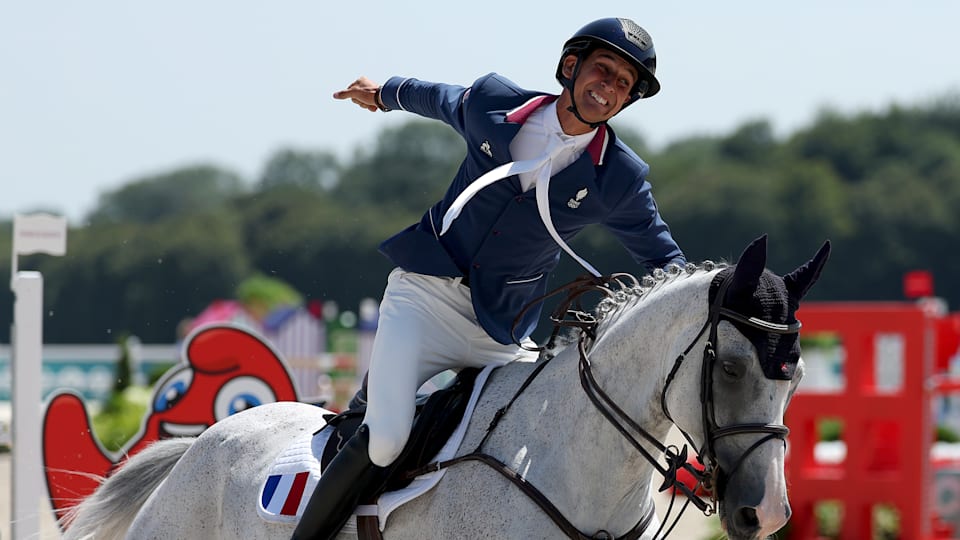
Credit: olympics.com
Frequently Asked Questions
What Are The Basics Of Equestrian Sports?
Equestrian sports involve horse riding skills, including dressage, jumping, and eventing. Mastery requires practice, proper training, and a strong bond with the horse.
How Can I Improve My Riding Skills?
Regular practice, lessons with a qualified instructor, and studying equestrian techniques can significantly improve your riding skills.
What Equipment Is Essential For Equestrian?
Essential equestrian equipment includes a helmet, saddle, bridle, riding boots, and appropriate riding attire to ensure safety and comfort.
How Do I Choose The Right Horse?
Choose a horse based on your riding level, goals, and temperament compatibility. Consulting an experienced trainer can help.
Conclusion
Winning in equestrian requires dedication and practice. Build a strong bond with your horse. Understand its needs and signals. Maintain a balanced diet for both. Follow a consistent training schedule. Regularly check equipment for safety. Stay calm during competitions. Confidence grows with experience.
Never stop learning and improving. Enjoy the journey and cherish each moment. Your hard work will pay off. Stay committed and passionate.

